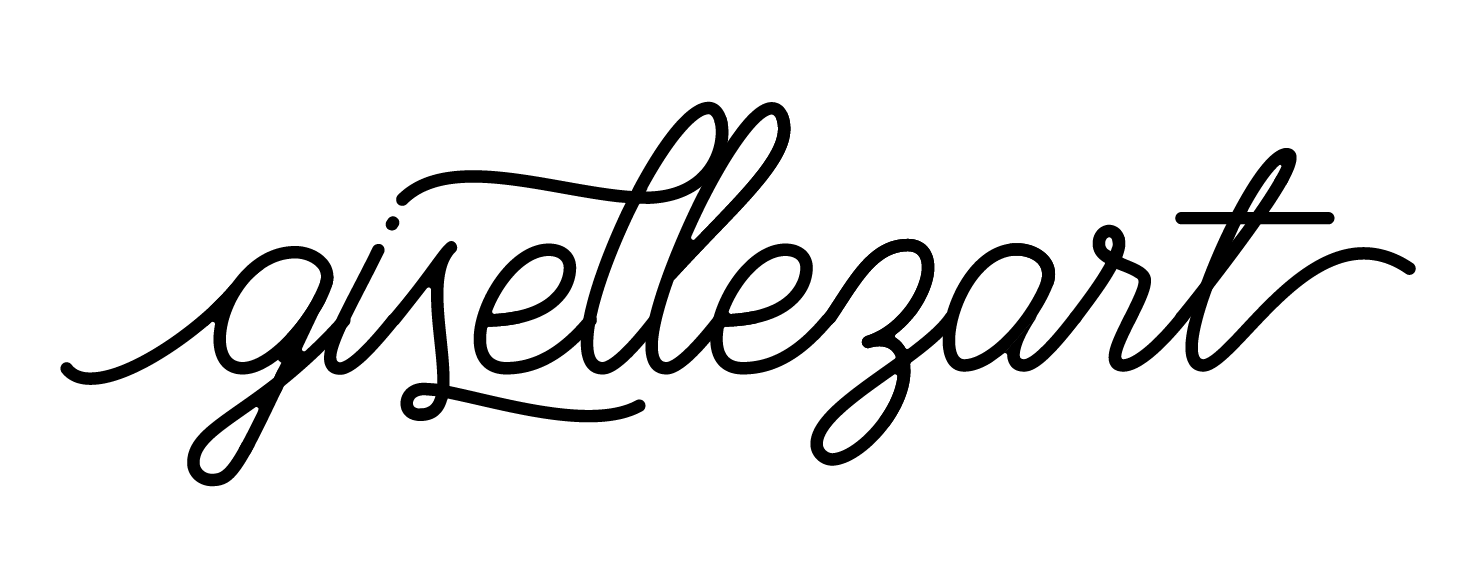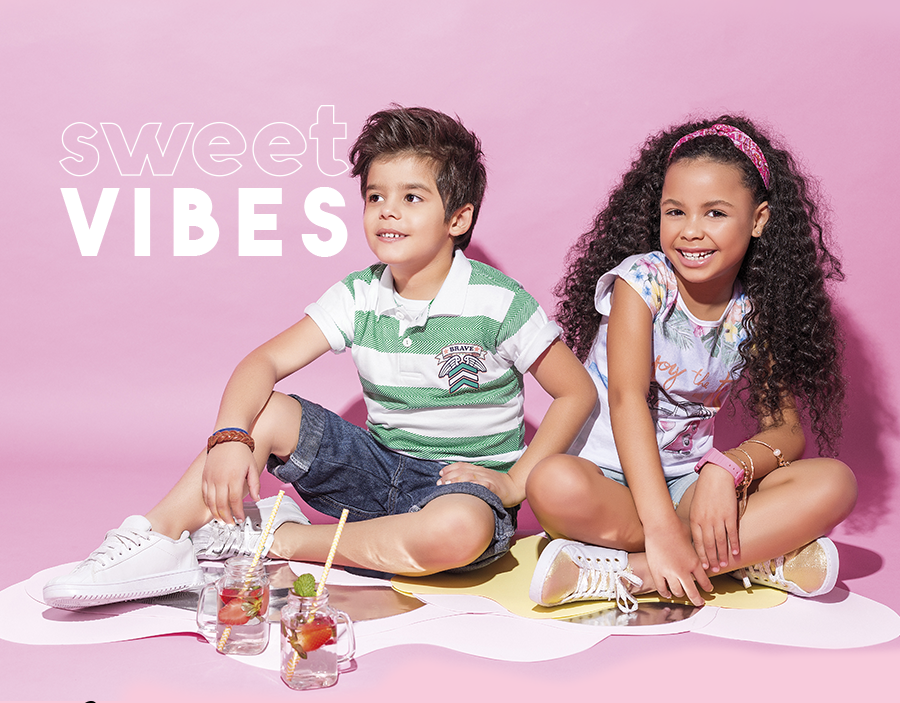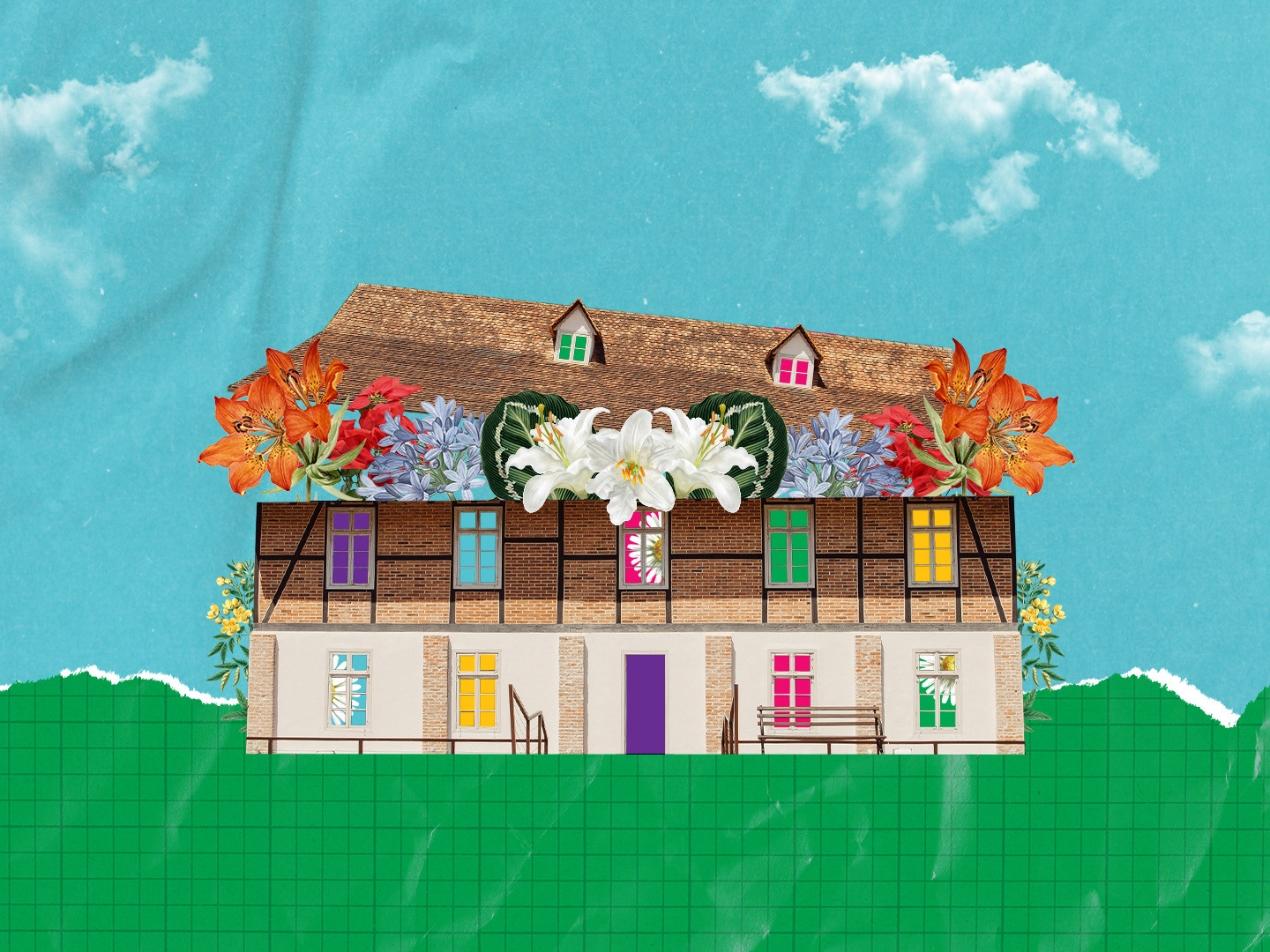Study published in the book "Gestão Visual de Projetos" by Professor Júlio Teixeira. Developed during the specialization in Illustration at Univali.
This case study focuses on the use of flowcharts to assist in defining requirements for projects, utilizing personas, desk research, and other informational research methods during the development of projects and products.
Given the need to gather requirements to guide a design solution, the authors and professor applied a development method that outlines step-by-step activities to assist in conducting informational research. The case study describes how a group of students used the flowchart method to develop a book cover. Throughout the project, the step-by-step process proved effective in inspiring the creation and design phases, as well as helping the team choose the most fitting alternatives. Using this method, it was possible to process different pieces of information to define the most relevant characteristics that would add value to the proposed solution.
1st Step:
The first step was to determine the type of book that would best suit the selected profiles. A common characteristic among the profiles was their interest in informal cooking.
Using brainstorming techniques, the students, with the help of the professor, selected the title "Impressionando na Cozinha" (Impressing in the Kitchen). The target audience consisted of people who enjoy informal cooking, particularly in home gatherings. The market analysis revealed that there were many books on this topic. The unique feature of this project’s book would be a mobile app with specific functions, ratings, and reviews from those who had already tried the recipes.
Analyzing Data:
After gathering the data mentioned above, the next step is to organize it. Tools like mind maps and semantic panels can be used to visualize the information more clearly. The information should be organized in a hierarchy of concepts and sub-concepts. Data on the audience — including personal and professional interests, as well as consumption habits — should be used to create personas (standardized profiles of potential users and/or customers).
2nd Step:
The team generated two personas based on the target audience for the book project. The first persona developed was Isabela, and the second was Paulo Gilberto.
Determining Persona Strength:
At this stage, the strength of each persona is determined based on their affinity with the product or service. Factors such as interest and the potential to purchase or use the product should be considered. The stronger these characteristics are in a persona, the stronger the profile will be.
3rd Step: Defining the Weight of Concepts
In this step, the weight of each concept is calculated. A matrix is created to relate the personas’ weight with the affinity or importance they place on each concept. Concepts receive more weight based on the relevance of the persona, and the chances of getting a correct solution are higher.
4th Step:
The weight of the concepts was determined according to the formula:
Importance of the concept for Persona 1 (a) × Weight of Persona 1 (5) + Importance of the concept for Persona 2 (b) × Weight of Persona 2 (4) = Concept Weight.
The importance of the concept for each persona was rated on a scale from 1 to 5, where 1 represents low importance and 5 represents high importance. The ratings were used in Tables 1, 2, 3, and 4. By analyzing the visual semantic panels, general concepts were selected. Using the formula described above, the weight of the general concepts was determined, as shown in Table 1.
Importance of the concept for Persona 1 (a) × Weight of Persona 1 (5) + Importance of the concept for Persona 2 (b) × Weight of Persona 2 (4) = Concept Weight.
The importance of the concept for each persona was rated on a scale from 1 to 5, where 1 represents low importance and 5 represents high importance. The ratings were used in Tables 1, 2, 3, and 4. By analyzing the visual semantic panels, general concepts were selected. Using the formula described above, the weight of the general concepts was determined, as shown in Table 1.
The final concepts defined for the cover were:
• Use of texture
• Colorful design
• Prominent title (concepts: font and subtitle)
• Photorealistic illustration (concept: photo)
Specific design treatments were defined for the cover’s figure, background, and font, based on the evaluation of the concepts and their respective weights, through the tables.
5th Step: Evaluation at Different Design Levels
At this final step, the weight of the concepts was applied to evaluation matrices at all other design stages — sketches, refinement, prototype, and final product. This process helps to keep the focus on and prioritize the most important concepts until the final solution is achieved.
Results Achieved:
According to the results obtained from Tables 1, 2, 3, and 4, the project team decided to use photorealistic illustrations of vegetables printed on a texture resembling a white dishcloth, with the subtitle (vegetables) in a serifed font, prominently displayed (see image below). The proposed solution favors Persona 1, while still considering key points for Persona 2, such as color balance and the overall composition's sobriety.
Extra:
After refining the original flowchart, a version was created for interface design projects, integrating this approach with the methodology proposed by Garrett (2011).
This project was developed by the Master’s in Illustration team at Univali, during the course Studies of Form:
Betina Von Hohendorff Seger, Giselle Carolina Ferreira Zart, Ingryd Calazans Affonso, Mayara Barbato Flor, Giuliano Vieira Benedet
Betina Von Hohendorff Seger, Giselle Carolina Ferreira Zart, Ingryd Calazans Affonso, Mayara Barbato Flor, Giuliano Vieira Benedet
Under the guidance of Professor and author: Júlio Monteiro Teixeira
Illustration and infographic: Giuliano Vieira Benedet










